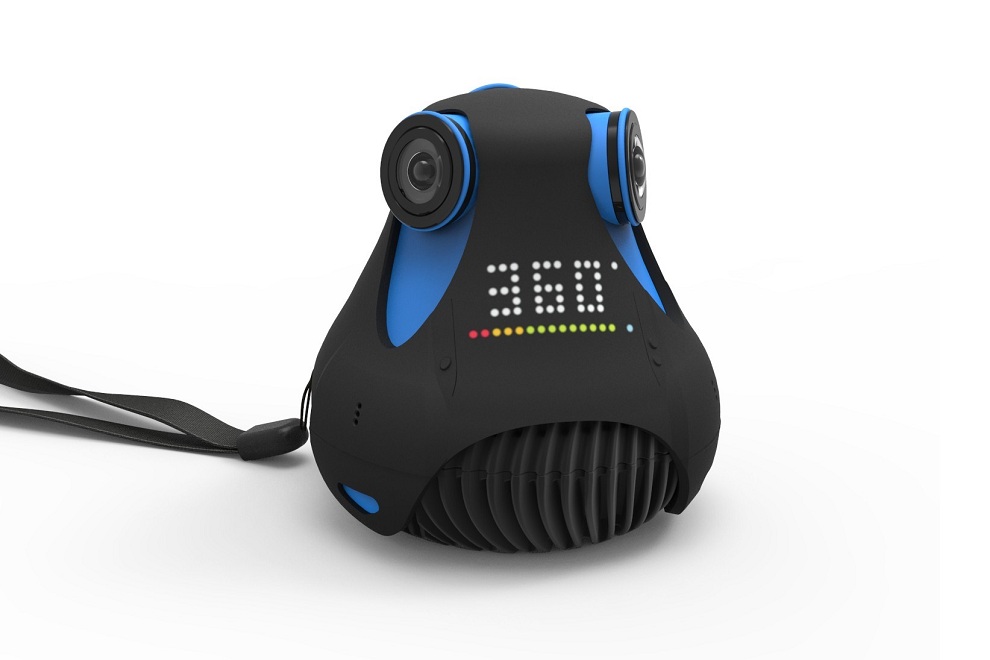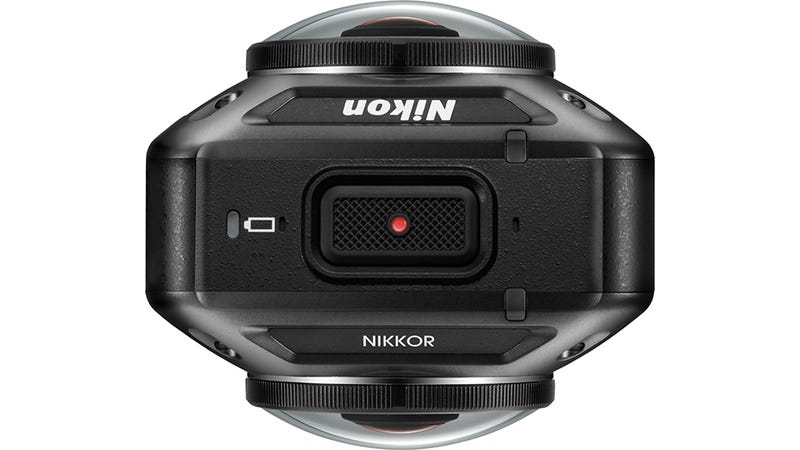|
Title |
Description | Has new content |
|---|---|---|
| PIFuHD: Multi-Level Pixel-Aligned Implicit Function for High-Resolution 3D Human Digitization |
Hey everyone! Generating 3D models from images is getting easier as the time goes by. Just came across a project that infers 3D geometry of clothed humans: access project's page.
One can actually try with one's own images by accessing their Google Collab! Due to the limited variation in the training data, one's results might be broken sometimes. Here are some useful tips to get reasonable results.
After, one can bring that into Blender, clean it up (if needed), then Mixamo and animate it, then Unity or Unreal Engine and turn it into a game animated object or digital twin. Best, |
|
| World, Telma Mendonça | ||
| "The ultimate" VR Headset Buyers's Guide |
The Verge has published a review of the best affordable cheap, mid-range and high-end VR headsets. They tested 8 models and the chosen ones are... Read the article here :) |
|
| 01 Introduction |
Vivaty Studio is a WYSIWYG VRML/X3D authoring application with a 3D modeling interface. Designed to create virtual worlds from scratch, includes a wide range of tools, from 3D modellers to scripting interfaces. It's one of the most complete VRML/X3D software packages available. Created by Vivaty, this program is no longer supported or updated due to the demise of this virtual worlds company. The installer can be downloaded from Babel X3D or from here.
|
|
| 02 General Interface |
General interface:
Vivaty Studio's interface is similar to generic 3D modeling and animation programs. The main view is dominated by perspective viewpoints: 3D view, top, front and side views. These can be customized using commands and freely rotated. Program options and commands can be accessed in the menu bar at the top. On the left, a toolbar contains modeling and vrml tools. On the right one panel displays a node/object manager and, if a node or object is selected, its properties.
Views:
There are four stardand views: isometric and top, side and front views. These can be freely rotated. To expand a view double click on the name bar.
Views are interchangeable. Use the change view button on the menu bar to alternate between top, down, left, right, front and back views. This is a very handy feature when assembling virtual worlds. Menu bar:
The menu bar contains generic tools and specific tools. (rever)
Toolbar:
The toolbar contains 3D modeling tools, VRML management tools, and specific node tools.
Node/Object manager:
The node/object manager lists in a tree hierachy all the nodes and objects in the file. These can be dragged and dropped to be repositioned on the list.
|
|
| 19 CAD tools |
A cool list of 19 free CAD programs. The list is comprehensive, lacking only a couple of tools (such as 123D Design). Lots of links for 3D modeling, CAD, mesh correction and animations software in this Sculpteo list: TOP 19 of the best free CAD programs. And, disclaimer: i'm really fascinated by Tinkercad ;) |
|
| 1st projects using Unity |
Hi, here's my first approach to Unity: http://www.armandabaptista.com/uab/?page_id=95 Hope you like it. Armanda |
|
| 2020 – the beginning (really!) of mainstream foldable phones? |
Samsung Fold was born in April 2019. |
|
| 25 Real-World Applications Using WebGL |
A fine selection of WebGL real projects to inspire us all
" Whenever I’ve tried to explain the fascination of WebGL I failed to think of examples apart from demos, experiments and games. Since then I’ve done research and collected 25 inspiring real-world applications using WebGL/WebVR." (source: manu.ninja) Enjoy! vcard |
|
| 360 degree cameras are coming (massively) |
Google Maps in Street View mode was, for many, the first time that 360 degree panoramas were seen as a new way to explore remotely the world in a more natural perspective. Suddenly, in the last two years, everyone was talking about 360 video or still images. However, the first approaches needed multiple cameras and powerful computers to “mix” the content and create immerse video from these capture devices. The first consumer cameras dedicated to capture 360 video appeared in the last year and in 2016 it’s (or it will be) possible to buy at affordable prices cameras that the early adopter can use to create content requiring no more that the home computer. Some examples:
Priced at $350, its twin f2.0 lenses each have a 12-megapixel image sensor used to create 5,376x2,688-pixel-resolution equirectangular JPEGs. It can also record spherical video with stereo sound in full HD at a usable 30 frames per second for up to 25 minutes.
The original 360fly is available now for $400, and records at 1,504x1,504-pixel resolution at 30 frames per second. The upgraded 4K version ($500 when it ships in the spring) records at a resolution of 2,880x2,880 pixels at 30fps, but will also have a front-facing mode for recording regular widescreen video at 2,560x1,440-pixel resolution with a field of view of 178x100 degrees.
Like the 360fly and Kodak's first SP360, the SP360 4K uses just one lens to capture its 360-degree panoramic view. Unlike with the 360fly, you can use two of these cameras simultaneously to give you a full spherical video once the footage is stitched together with included desktop software. A single camera will set you back $500, while a dual pack runs $900.
After a very successful Kickstarter campaign that had a projected delivery date of November 2014, the company is only now ready to ship to its backers. If you want one of these $500 cameras, you've likely got a wait ahead of you.
This ball-shaped camera is pricey at $800, but packs four cameras, resulting in a complete sphere with no blind spots, and all the processing and image stitching is done in-camera. Its video is also viewable with the current crop of VR headsets and Google Cardboard. If you're interested, you can buy it through the company's site, but due to high demand the company cannot guarantee a shipment date.
Nikon is entering the action and 360-degree camera market in one fell swoop with the KeyMission. Announcing it at CES 2016, the company offered few details.
Availability for the Gear 360 is scheduled for the second quarter of this year, and there is no pricing yet. I would expect it to be at least a few hundred dollars, though with Samsung making the editing/playback device and the VR headset, it's ripe for bundling.
Debuting alongside the G5 smartphone and a long list of other accessories LG revealed at Mobile World Congress 2016, the South Korean electronics giant has promised its first camera for creating spherical video and pictures: the 360 Cam. No pricing or availability was announced, but I'd expect it to roll out around the time of its LG 360 VR glasses and the G5.
This entry was inspired in this article from CNet. |


















